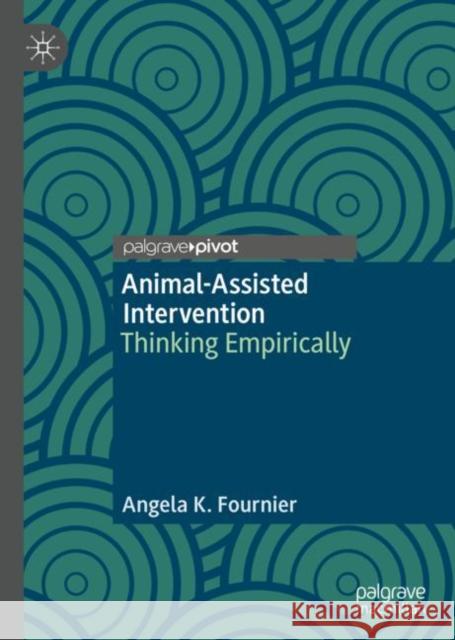Animal-Assisted Intervention: Thinking Empirically » książka
topmenu
Animal-Assisted Intervention: Thinking Empirically
ISBN-13: 9783030329716 / Angielski / Twarda / 2019 / 140 str.
Animal-Assisted Intervention: Thinking Empirically
ISBN-13: 9783030329716 / Angielski / Twarda / 2019 / 140 str.
cena 252,32 zł
(netto: 240,30 VAT: 5%)
Najniższa cena z 30 dni: 250,57 zł
(netto: 240,30 VAT: 5%)
Najniższa cena z 30 dni: 250,57 zł
Termin realizacji zamówienia:
ok. 20 dni roboczych.
ok. 20 dni roboczych.
Darmowa dostawa!
Kategorie:
Kategorie BISAC:
Wydawca:
Palgrave Pivot
Język:
Angielski
ISBN-13:
9783030329716
Rok wydania:
2019
Wydanie:
2019
Ilość stron:
140
Waga:
0.35 kg
Wymiary:
21.01 x 14.81 x 1.12
Oprawa:
Twarda
Wolumenów:
01
Dodatkowe informacje:
Wydanie ilustrowane











